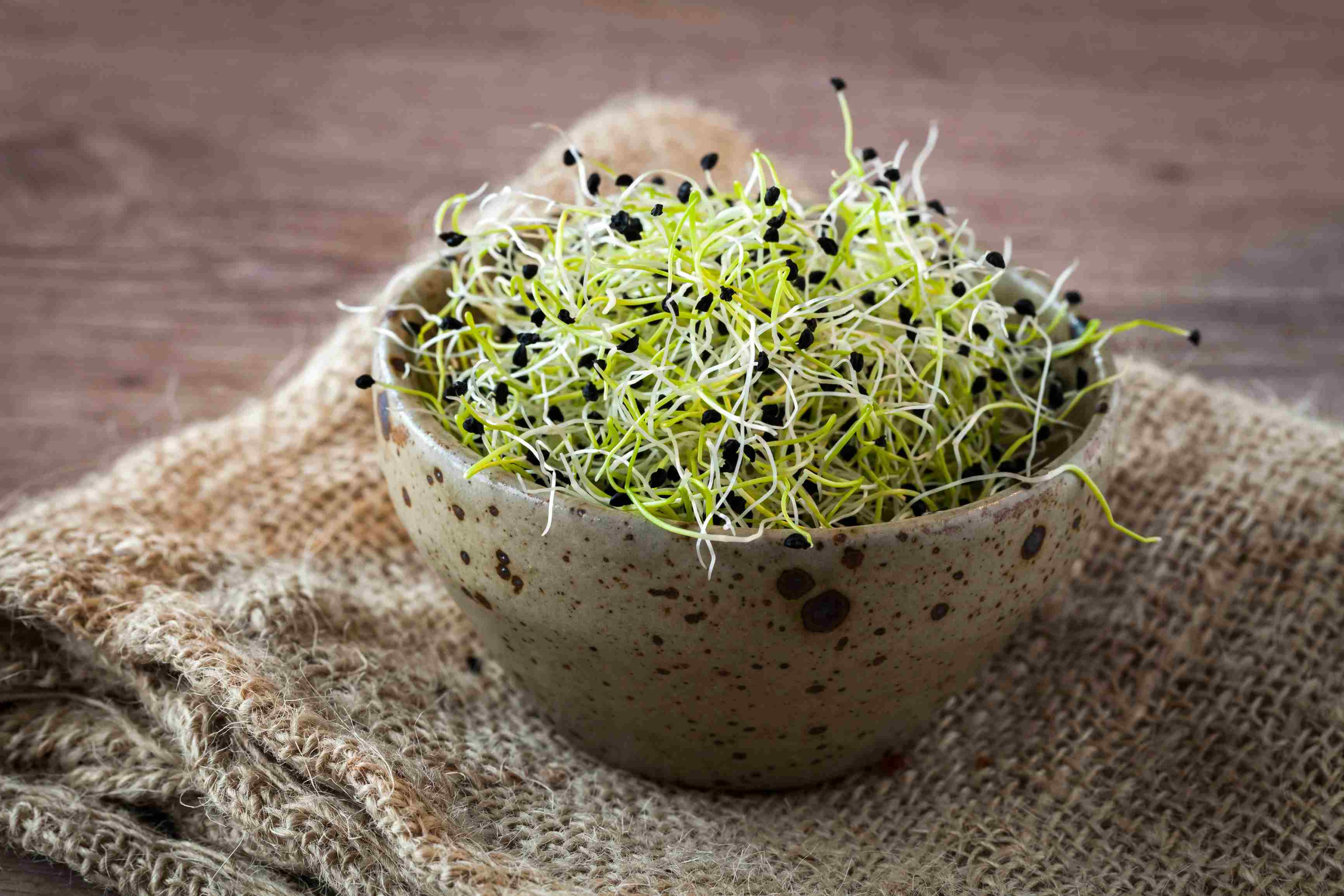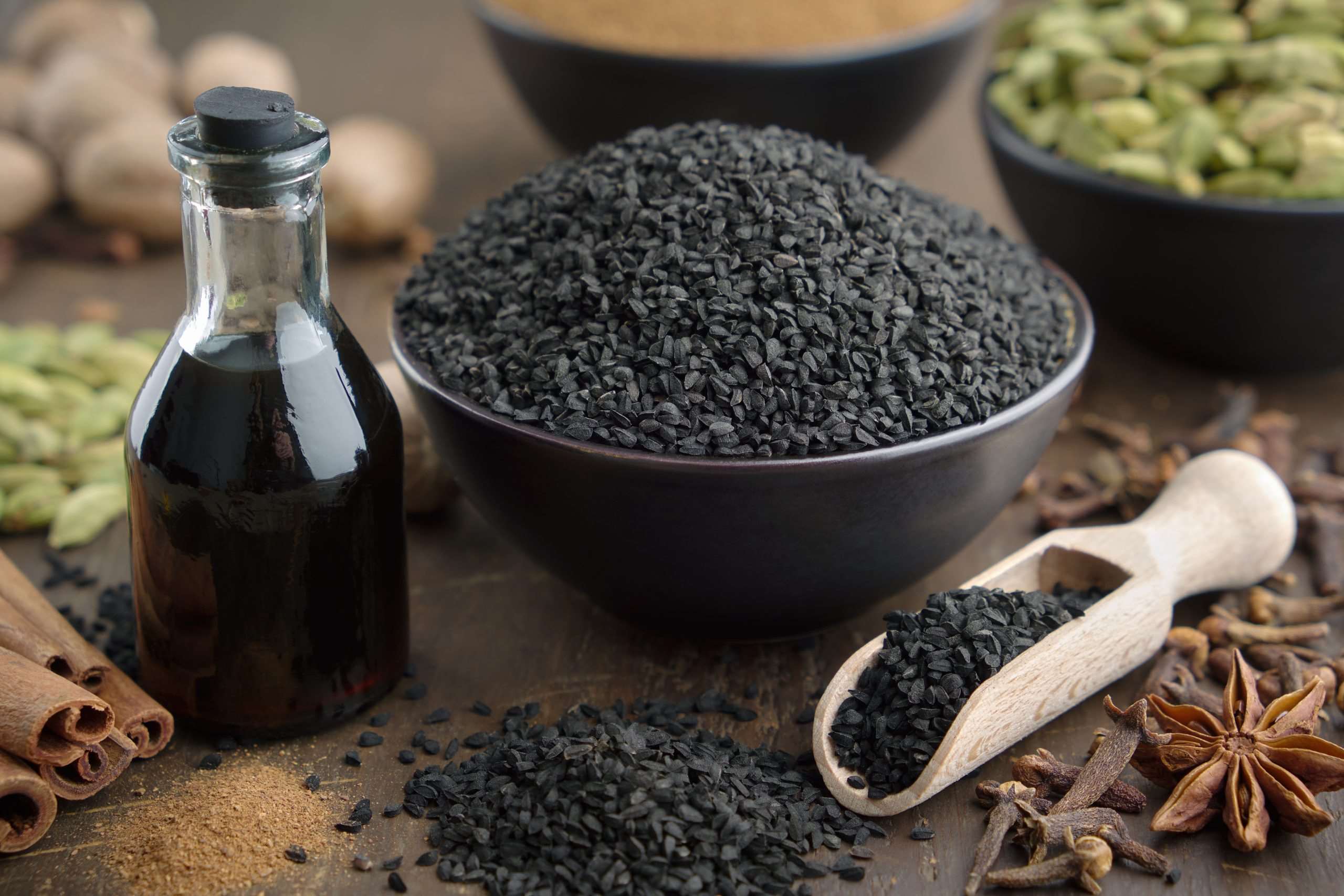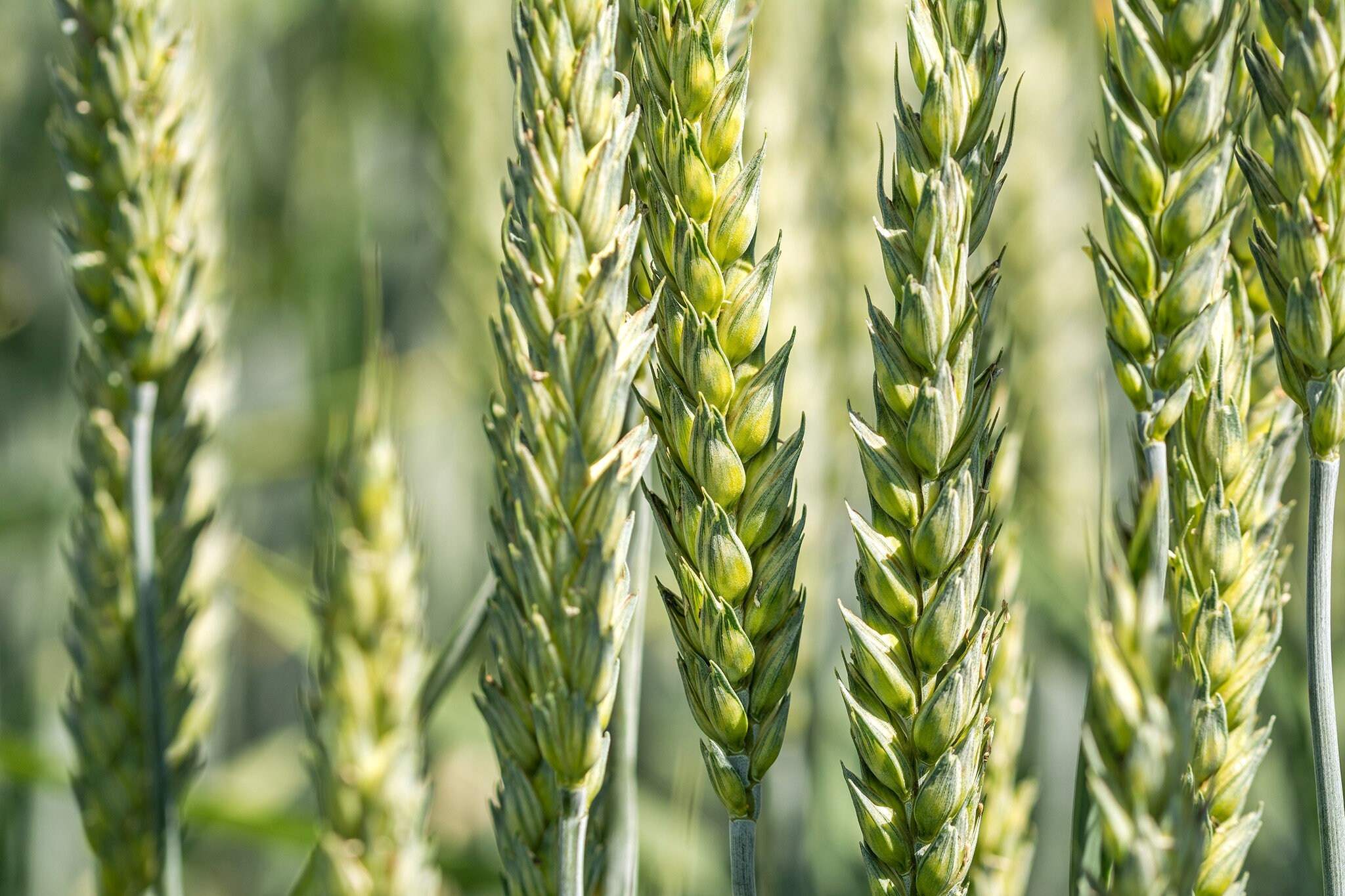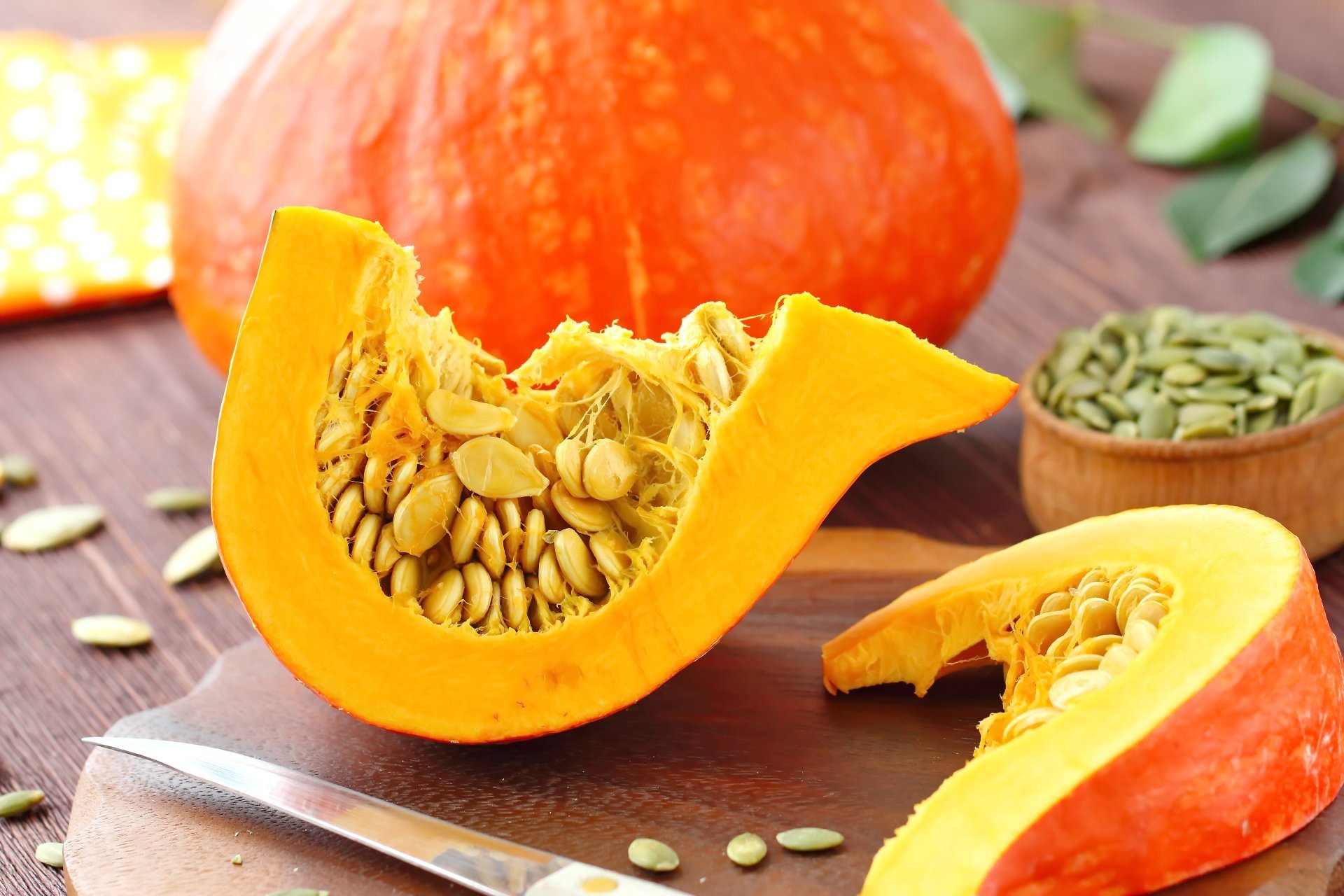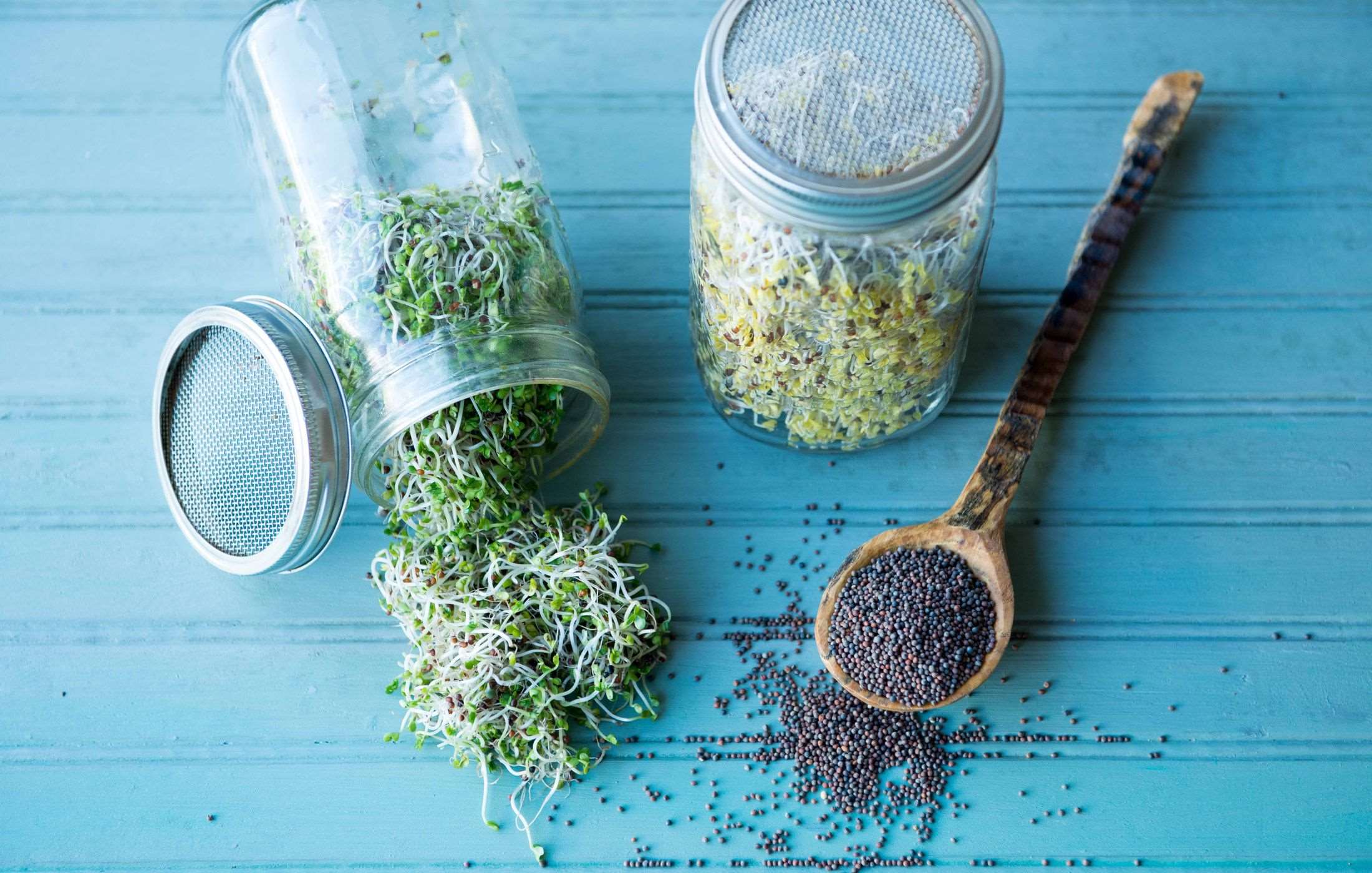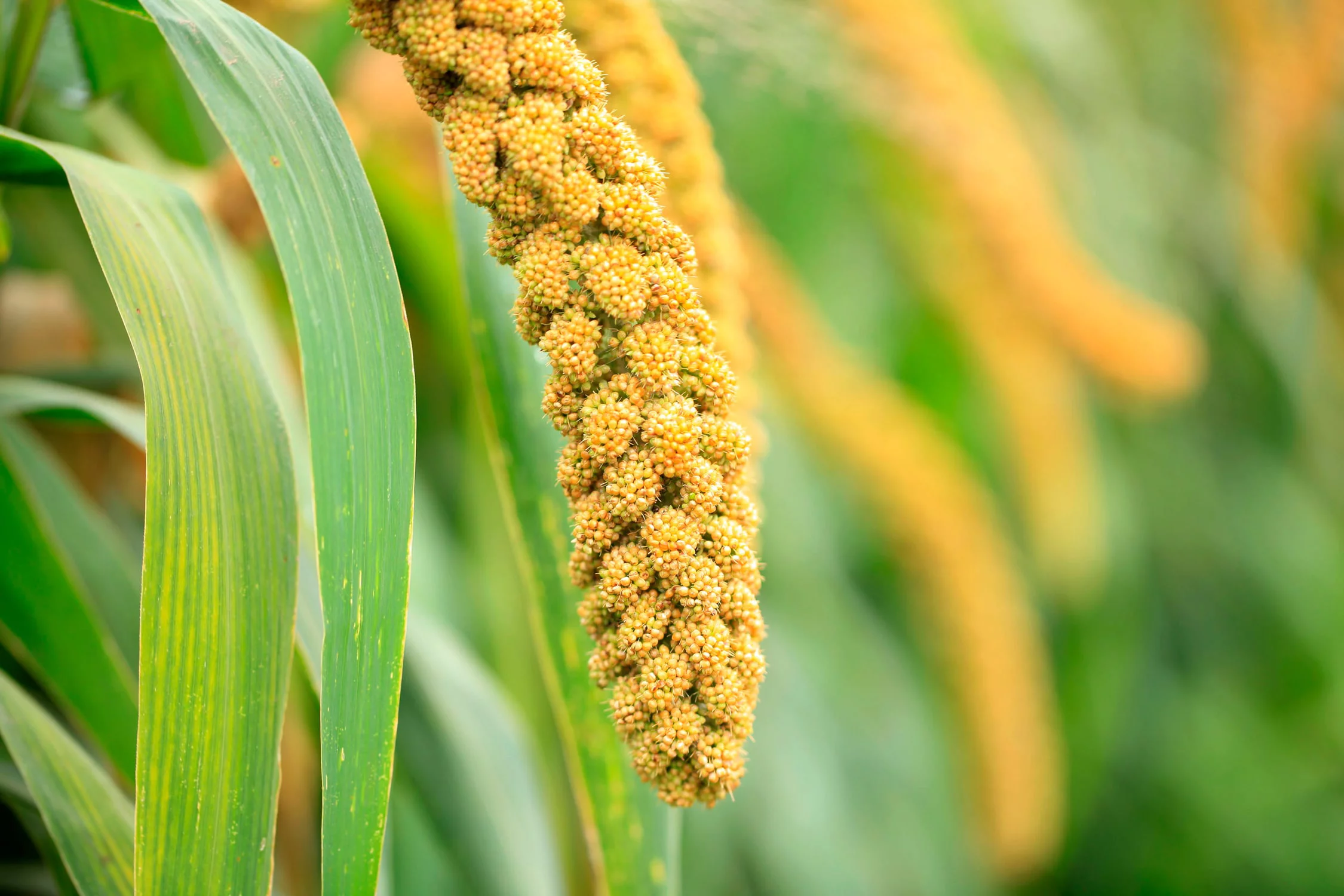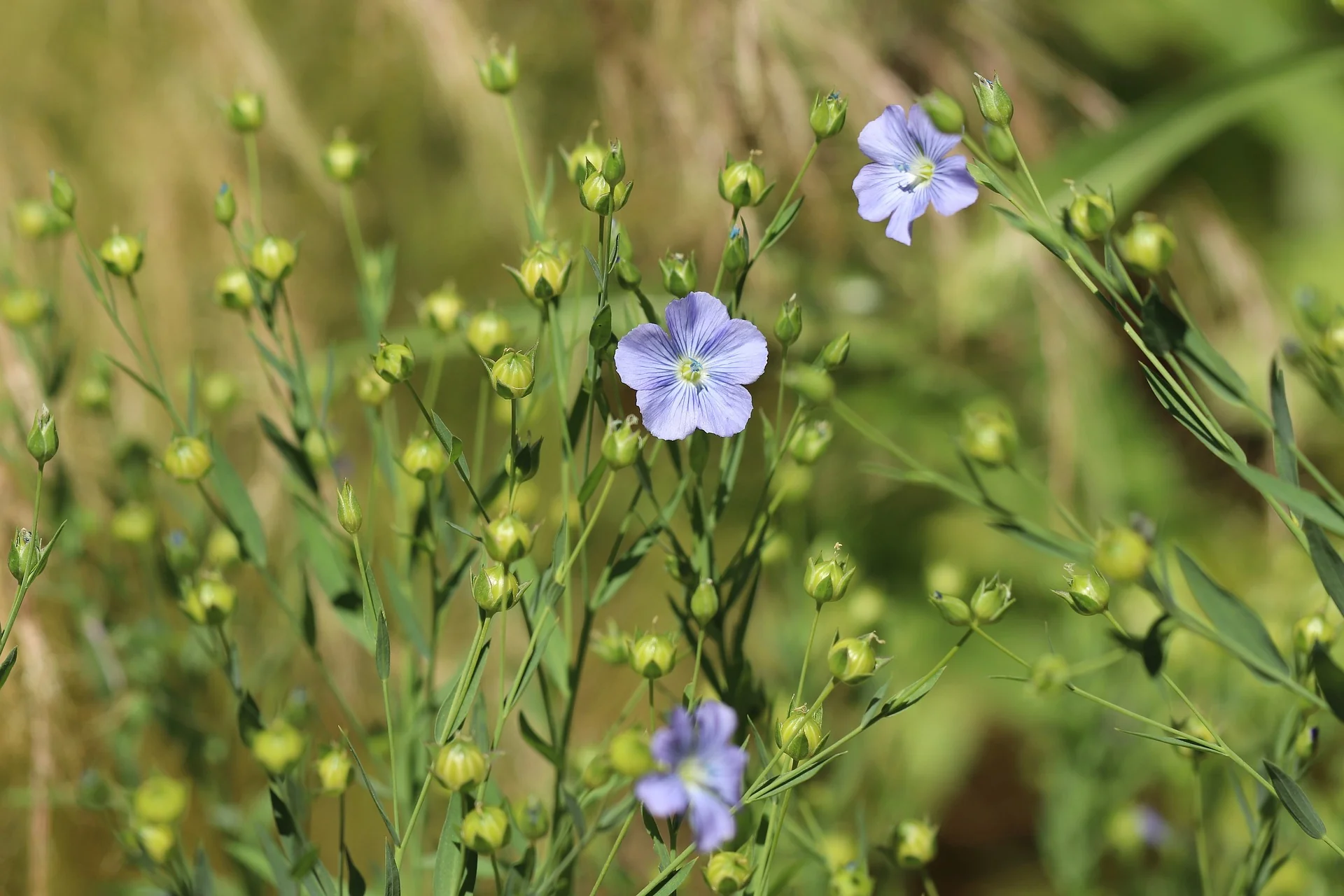Home>Types of Gardening>Edible Gardening>Where Are The Seeds In A Pineapple


Edible Gardening
Where Are The Seeds In A Pineapple
Modified: February 2, 2024
Learn about edible gardening and find out where the seeds are located in a pineapple, with our helpful guide. Start growing your own fruits!
(Many of the links in this article redirect to a specific reviewed product. Your purchase of these products through affiliate links helps to generate commission for Chicagolandgardening.com, at no extra cost. Learn more)
Table of Contents
Introduction
Welcome to the fascinating world of edible gardening! There is a certain joy and satisfaction in growing your own food, and one of the most popular and rewarding plants to cultivate is the pineapple. This tropical fruit is not only delicious and nutritious, but it also adds a touch of exotic beauty to any garden.
Whether you are a seasoned gardener or just getting started, you may have found yourself wondering about the seeds in a pineapple. Do pineapples have seeds? It’s a common question that deserves clarification. In this article, we will explore the anatomy of a pineapple, the concept of seedless fruits, and dispel the myth surrounding pineapple seeds. We will also delve into the fascinating process of pineapple propagation, shedding light on how these sweet and tangy fruits are grown.
So, if you’re ready to dive into the enchanting world of pineapple plants and learn some intriguing facts along the way, let’s get started!
Anatomy of a Pineapple
Before we can answer the question of whether pineapples have seeds, let’s take a closer look at the anatomy of this tropical fruit. Pineapples belong to the bromeliad family, which is characterized by their spikey leaves and vibrant colors.
The outer layer of a pineapple, known as the rind or skin, is rough and textured, providing protection for the sweet and juicy flesh inside. Beneath the rind, we find the edible part of the fruit known as the pineapple flesh. This flesh is made up of many small, individual sections, called fruitlets, that together create the familiar yellowish flesh we love to eat.
At the top of the pineapple, you’ll find a crown of leaves, which is actually a cluster of long, pointed leaves that form a rosette shape. These leaves are firm and spiky, acting as a natural deterrent to protect the fruit from predators.
Now, onto the central part of the pineapple. At the core of the fruit, there is a tough, fibrous center that is not typically eaten. This core serves as a support system for the pineapple, providing stability and strength.
So, if you’re wondering where the seeds fit into the picture, you may be surprised to learn that pineapples are unique in that they do not have seeds in the traditional sense. Instead, pineapples reproduce through a different method called vegetative propagation, which we will explore in more detail later on.
Now that we have a better understanding of the structure of a pineapple, let’s delve into the concept of seedless fruits and its relevance to pineapples.
Seedless Fruits vs Seeded Fruits
When we think of fruits, we often associate them with seeds. However, there are actually two types of fruits: seedless fruits and seeded fruits. Understanding the difference between the two can help us better grasp the nature of pineapples and their reproductive process.
Seeded fruits, as the name suggests, contain seeds within them. These seeds are the result of sexual reproduction, where pollen from the male part of a flower fertilizes the ovule in the female part. Examples of common seeded fruits include apples, oranges, and watermelons.
On the other hand, seedless fruits, as the name implies, lack viable seeds or have very few undeveloped seeds. This is due to a phenomenon known as parthenocarpy, which is the development of fruit without fertilization. Seedless fruits can occur naturally or be selectively bred for specific traits.
So, where do pineapples fall in the spectrum of seedless and seeded fruits? Unlike fruits such as apples or oranges, pineapples belong to the category of seedless fruits. However, this does not mean that they are entirely devoid of seeds or reproductive mechanisms. Instead, pineapples employ a unique form of reproduction called vegetative propagation, which we will explore in the next section.
Now that we understand the distinction between seedless and seeded fruits, it’s time to dispel the myth surrounding pineapple seeds and uncover the truth about their reproductive process.
Do Pineapples Have Seeds?
One of the common misconceptions about pineapples is that they contain seeds. However, the truth is that pineapples do not have true seeds like those found in many other fruits. While you may come across small, black specks scattered throughout the flesh of a pineapple, these are not viable seeds.
The so-called “seeds” in a pineapple are actually undeveloped or non-functional ovules. These can be seen as tiny spots on the surface of the fruit and are often referred to as “false seeds” or “seed-like structures.” These structures are remnants of the pineapple’s reproductive organs, but they are typically sterile and cannot develop into viable seeds.
Pineapples, instead of relying on seeds for reproduction, primarily propagate through a process known as vegetative propagation. This means that new pineapple plants are grown using vegetative parts of the parent plant, rather than seeds.
So, if you’re looking to grow a pineapple plant at home, don’t worry about salvaging the tiny “seeds” from your store-bought fruit. Instead, focus on obtaining a healthy pineapple top, or crown, which can be used to start a new plant.
Now that we’ve clarified the myth surrounding pineapple seeds, let’s delve into the captivating process of pineapple propagation and how these tropical delights are grown.
The Myth of Pineapple Seeds
Throughout history, a common misconception has persisted regarding the presence and viability of seeds in pineapples. Many people mistakenly believe that the small black specks found throughout the fruit are actual seeds. However, as we have already learned, these are not true seeds.
The prevalence of this myth can be attributed to the visible presence of these seed-like structures in pineapples. While they might resemble seeds, they lack the necessary characteristics and genetic material required for germination and growth.
So, why do these false seeds exist in the first place? The development of these structures is a result of the pineapple’s reproductive organs, specifically the ovaries and the flowers. As the pineapple fruit develops, the ovary undergoes changes, forming these undeveloped or non-functional ovules.
It’s important to note that while these false seeds do not have the potential to grow into new pineapple plants, they are harmless and pose no health risks. They can be safely consumed along with the rest of the pineapple flesh.
Now that we have debunked the myth surrounding pineapple seeds, let’s explore how pineapples are actually propagated and cultivated.
Pineapple Propagation: How Are Pineapples Grown?
Pineapples are fascinating plants that propagate through a method called vegetative propagation. This means that instead of relying on seeds, new pineapple plants are grown using vegetative parts of the parent plant. The most commonly used method of propagation is through the pineapple crown.
When enjoying a ripe pineapple, you may notice the green leafy crown at the top. This crown contains the plant’s apical meristem, which is a group of cells responsible for growth and development. By carefully removing the crown from the fruit, we can use it to start a new pineapple plant.
Before planting the crown, it is essential to let it dry for a couple of days. This helps minimize the risk of rotting and enhances the chances of successful rooting. Once dried, the crown is planted in well-draining soil, ensuring that the base of the crown is buried while the leaves remain above the ground.
Pineapples are tropical plants and thrive in warm and sunny climates. It is best to place the planted crown in an area that receives ample sunlight throughout the day. Regular watering is necessary to keep the soil moist but not overly saturated.
Over time, the crown will develop roots and establish itself in the soil. It will continue to grow, forming new leaves from the center and gradually expanding in size. With proper care and maintenance, it typically takes around 18 to 24 months for a pineapple plant to produce its fruit.
During the fruiting stage, the pineapple plant will produce a stalk that emerges from the center. The stalk will gradually elongate and bear a cluster of tiny purple or pink flowers. Each of these flowers has the potential to develop into an individual pineapple fruitlet. As the fruitlets mature, they fuse together to form a single large fruit, known as the pineapple.
Once the pineapple fruit reaches its peak ripeness, it can be harvested by cutting it off at the base of the fruit. The pineapple is now ready to be enjoyed, and the process of propagation can start anew using the crown of the harvested fruit.
Pineapple propagation through the crown method ensures the preservation of the desired characteristics of the parent plant, allowing for consistent quality and flavor in the resulting pineapples.
Now that we have explored the fascinating process of pineapple propagation, let’s wrap up our journey with a few key takeaways.
Conclusion
From the anatomy of a pineapple to the truth about pineapple seeds, we’ve delved into the intriguing world of these tropical fruits. While pineapples may not have true seeds like many other fruits, they possess a unique method of reproduction through vegetative propagation. By utilizing the crown of the pineapple, we can successfully grow new plants and enjoy the sweet and tangy fruits they bear.
It’s important to remember that the small black specks found throughout a pineapple are not seeds, but rather undeveloped or non-functional ovules. These false seeds may resemble actual seeds, but they lack the necessary genetic material for germination and growth.
Pineapple propagation through the crown method allows for the preservation of desirable characteristics from the parent plant, ensuring consistent quality in the resulting fruits. With proper care and patience, you can cultivate your own pineapple plants and savor the rewards of homegrown fruits.
So, whether you’re an avid gardener or just beginning your journey into edible gardening, consider adding pineapples to your repertoire. Their tropical charm, delicious flavor, and unique reproductive process make them a fascinating addition to any garden or indoor space.
Now that you have a deeper understanding of pineapples and their seeds (or lack thereof), you can impress your friends and family with your newfound knowledge. So go ahead, take that pineapple crown, and embark on the exciting adventure of growing your own pineapples!
